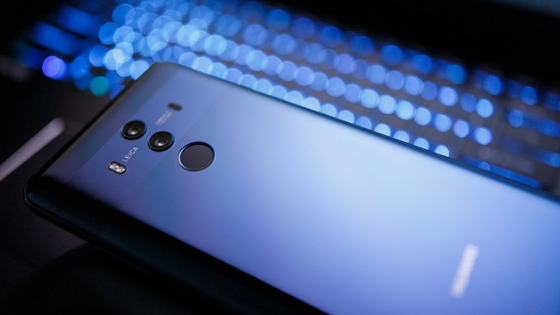Huawei unveiled its new OS during the developer conference, HarmonyOS is Huawei’s “revolutionary” proprietary operating system. Let’s see what it is and what it can do.

Speculations on the elusive operating system that Huawei has been working on for some years, have been chasing each other for months. And today, at the Huawei developer conference, the Chinese company has finally made the official presentations, showing the more than 4 thousand present people rushed to the event HarmonyOS, its first proprietary operating system.
However, the timing is not random. In ten days, on August 19, the extension granted by Trump on the ban will expire, preventing the Chinese giant from buying parts and components from American companies, and therefore also from Google, without the approval of the US trade department.
Although Richard Yu, Huawei’s CEO has reaffirmed the company’s desire to remain with Android, at the same time he says he is ready to switch over to HarmonyOS at any time (according to the company in 1-2 days). We have to wait until August 19th, only then we will know what the real destiny of the Chinese company and the Mountain View giant will be. For now, however, let’s see what HarmonyOS is.
HarmonyOS, what is it?
But what is HarmonyOS? Specifically, the system designed by the Chinese company is an open source, or a system that can support, but above all adapt, to any device that comes to mind: smartphones, tablets, smartwatches, PCs, smart speakers, headphones, cars, etc.
The details are generic at the moment, but we understand that the ambitions of HarmonyOS are high. In fact, Huawei’s operating system will not only support Android apps, but also Linux and web apps. But mind you, we said it will support because at the moment it is not yet so. That said, HarmonyOS will also support kotlin, Java, Javascript, C and C++ and all to reaffirm not only the ease of use for developers who want to create dedicated content, but also the fact that the system will look incredibly fluid. Finally, security is central to the system given that it will be able to interconnect different systems with each other, it is therefore exposed to many risks.
The cross-device nature of HarmonyOS also makes Google Fuchsia immediately think, the operating system that should represent the evolution of Android and on which big G is continuing to work. What is certain is that with the announcement of HarmonyOS, Huawei has gained an important strategic advantage.
HarmonyOS: past, present and future
The development of HarmonyOS began obviously several years ago when Huawei, in 2017, spoke of the first Harmony Kernel 1.0. Its roadmap officially starts today with HarmonyOS 1.0 and continues up to 2022, aiming at the possible compatibility of the system with VR glasses and other devices.
The next two years we can therefore define them as crucial, we will have the chance to test the first phase and test, at the moment, the system’s capabilities on Honor Vision TV, the first device that will integrate HarmonyOS. Instead, it will be necessary to wait until 2020 to test its capabilities on the new PCs, notebooks and smartwatches, with the HarmonyOS 2.0 release. Later it will be the turn of the speakers and viewers when, in 2020, the 3.0 version will complete the first phase of the creation of the HarmonyOS ecosystem.
Huawei seems to have in mind, and in hand, a concrete project that can be considered as an alternative to the dominant ecosystems of Google and Apple. Of course, the posting will not be immediate and the twists and turns linked to the Trump administration could impose a revision of the project.
The line, however, seems to be drawn and the Chinese giant seems to have officially challenged Apple and Google on common ground. A battle that moves from devices to software and that, according to statements by Richard Yu, leaves no room for misunderstanding:
“Huawei devices will be based on HarmonyOS in the future”